[[bpstrwcotob]]
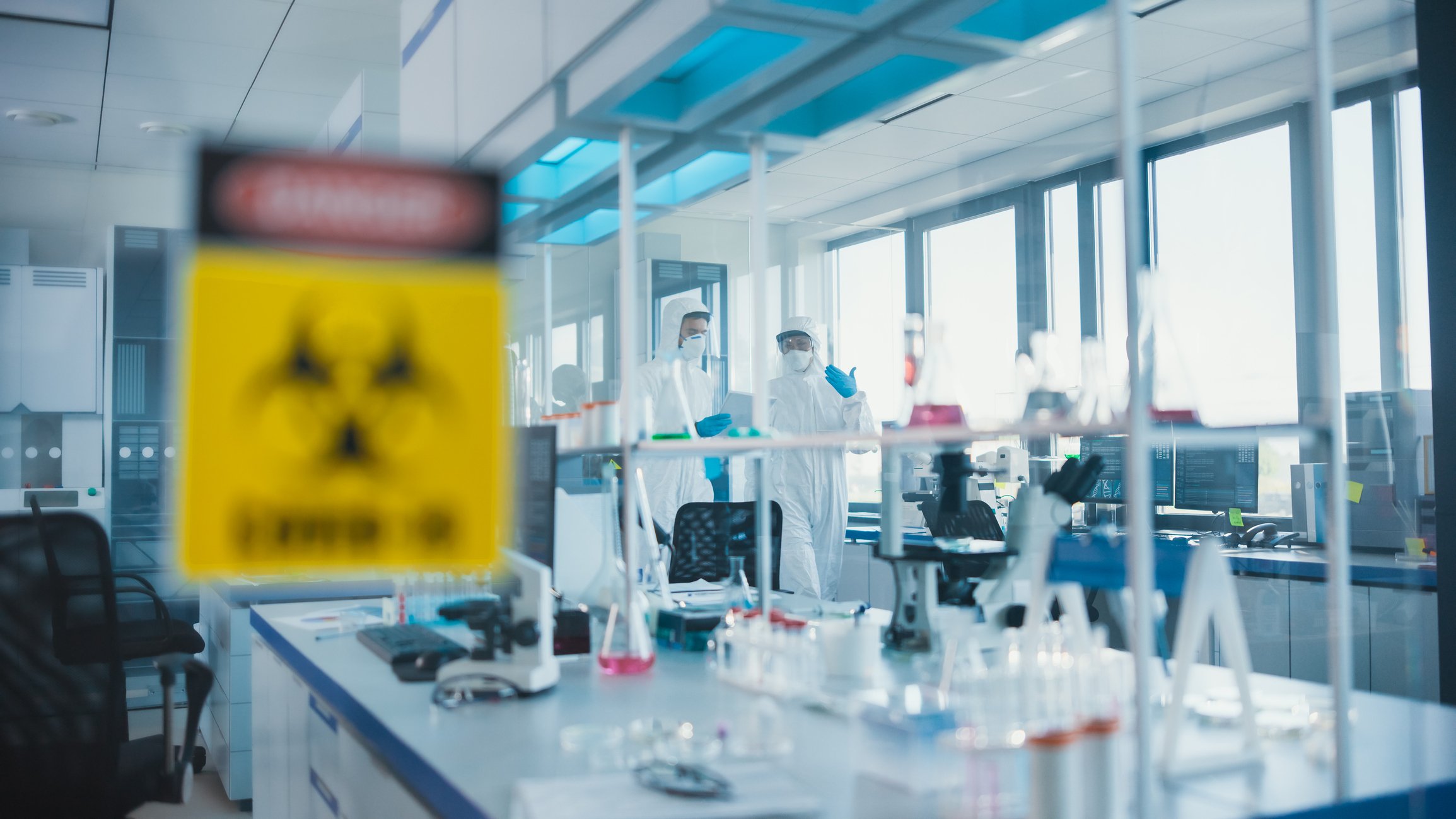
Planning Safe and Efficient Lab Spaces: Key Considerations for Emergency Equipment Placement and Compliance
Thoughtful planning and strategic design in laboratory spaces are important factors to ensure the optimal placement of emergency equipment like eyewash stations and safety showers, promoting both safety and compliance while accommodating future changes and ensuring accessibility during emergencies

Study: Traditional Scientific Workplaces Don’t Meet Needs of Neurodivergent Employees
A study found that nearly half of scientific workers identify as neurodivergent, significantly higher than the general population, and revealed that neuroinclusive design principles, such as adaptable environments and ergonomic features, could benefit all employees by addressing shared sensitivities to workplace stimuli

ULRI's Materials Discovery Laboratory: Pioneering the Future of Materials Science
UL Research Institutes' Materials Discovery laboratory in Skokie, IL, focuses on advancing materials science through AI-driven research, cutting-edge digital infrastructure, and sustainability
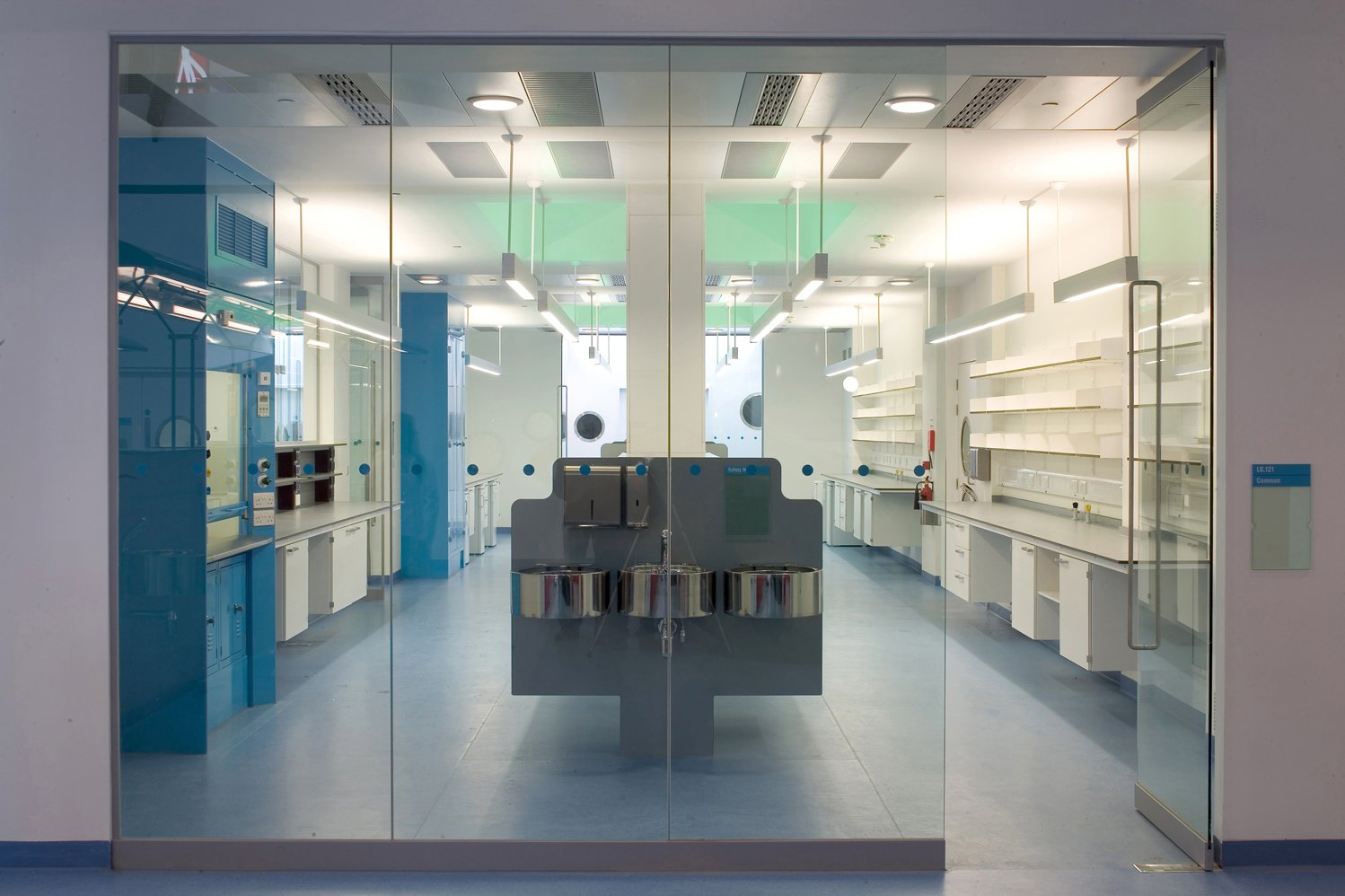
Reimagining the Lab: Creating People-First Laboratories
Project teams are tasked with designing labs that balance the demands of controlled research with the needs of diverse users by employing a people-centric approach at the micro, meso, and macro scales to enhance comfort, wellbeing, and productivity
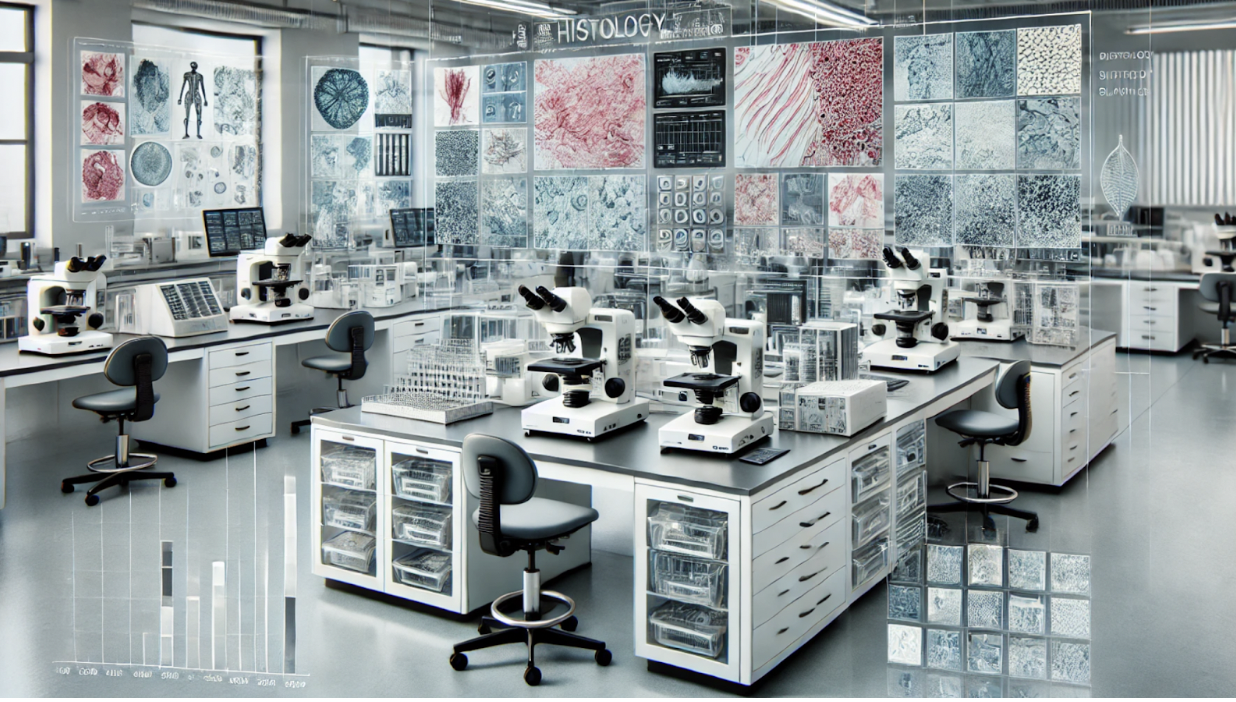
Histology Laboratory Design: Creating Efficient and Safe Spaces
Designing a histology laboratory involves more than just arranging equipment and workstations
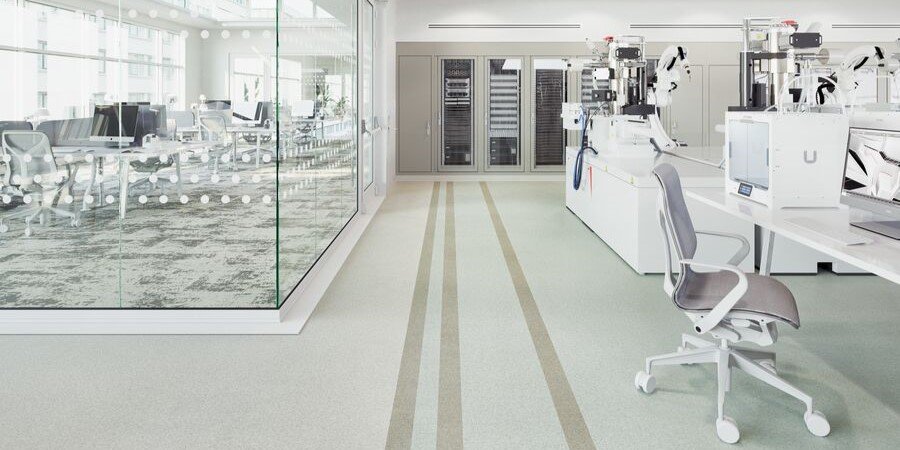
Lab Planning 101: The Complete Guide to Electrostatic Dissipative Flooring
ESD flooring is essential for protecting sensitive electronic equipment from the damaging effects of static electricity—what do you need to consider when choosing and maintaining the right flooring for your lab?
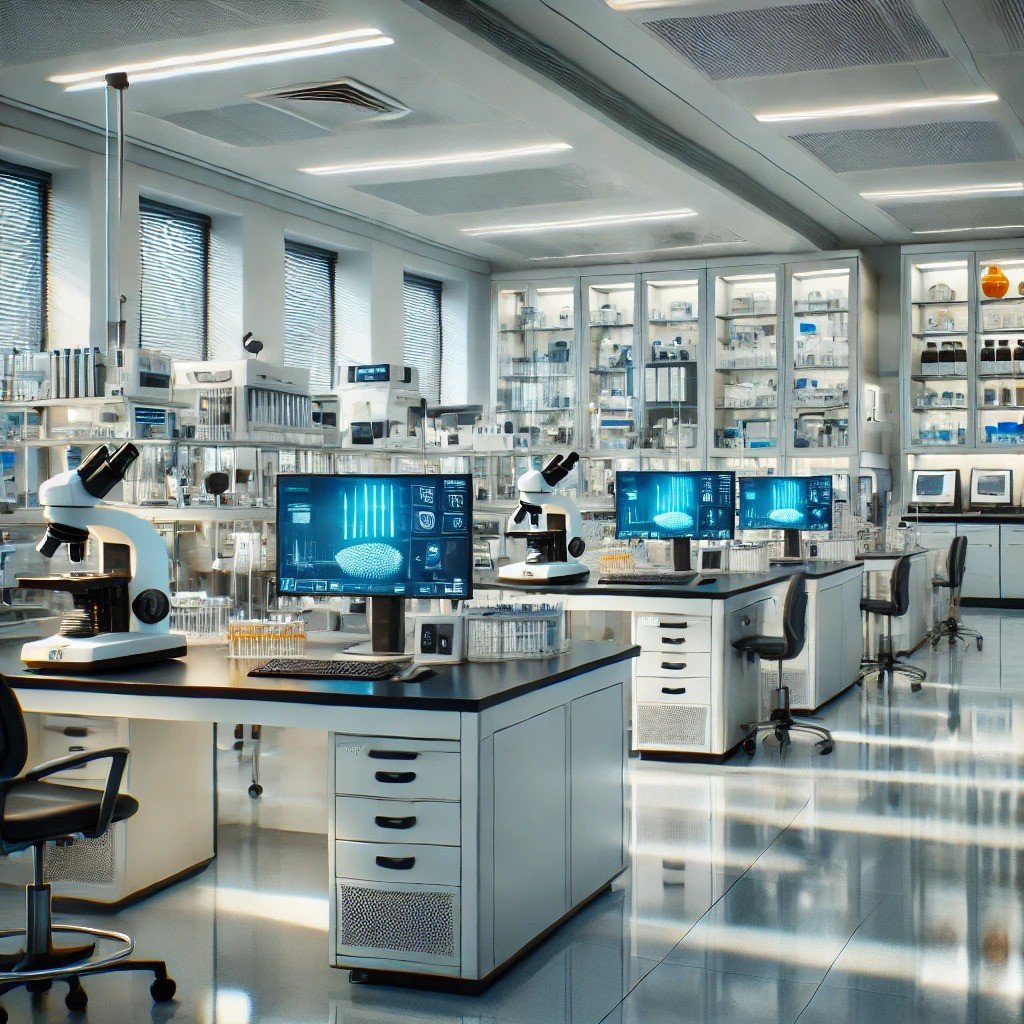
IVF Laboratory Design: Creating Optimal Environments for Success
This article explores key aspects of fertility lab design and reproductive lab layouts to create an effective and efficient IVF lab
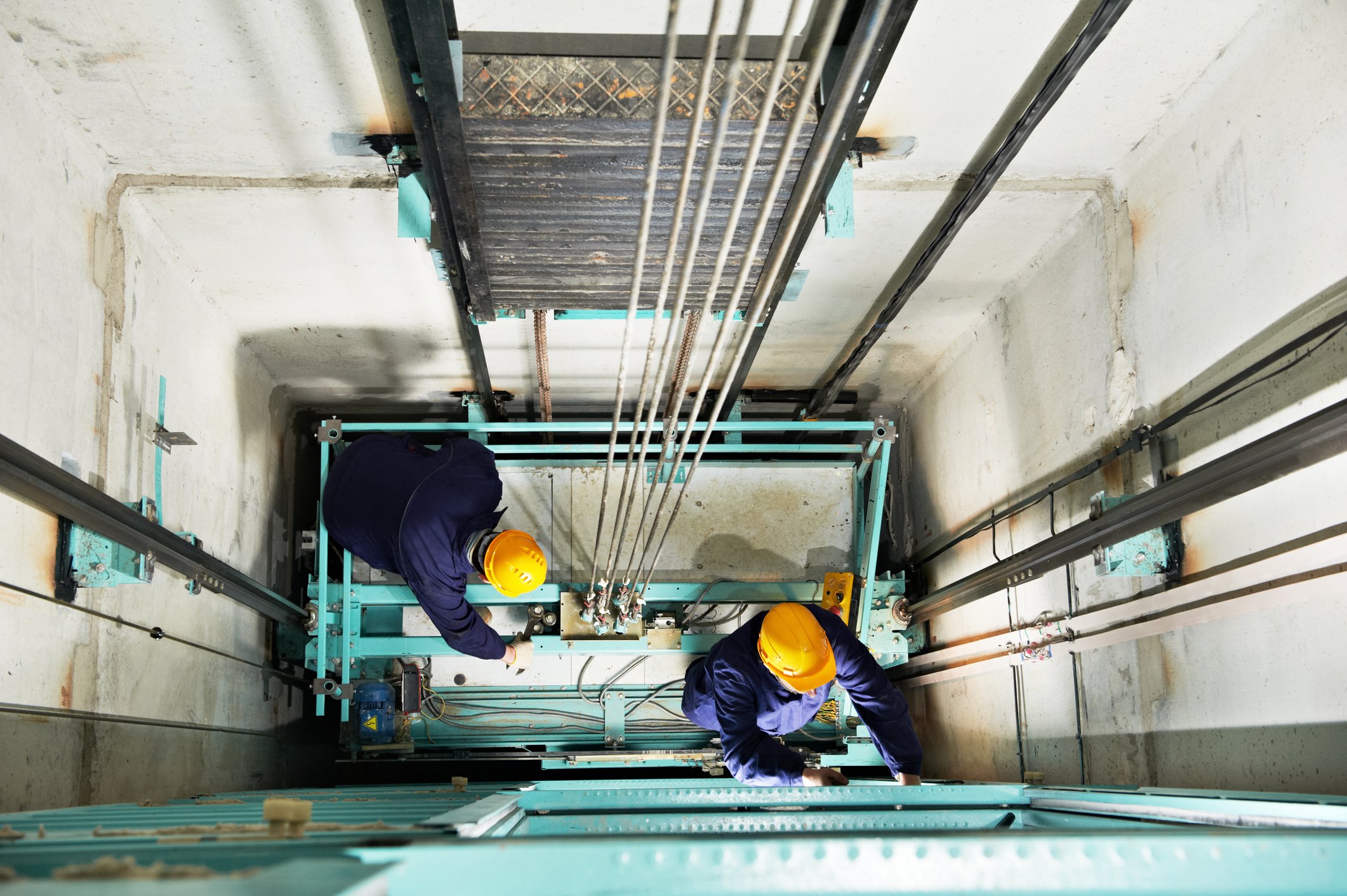
Elevating Laboratory Design: Insights on Customizing and Maintaining Elevator Systems for Research Facilities
There are key differences between installing elevators in standard office or residential buildings versus specialized research facilities like laboratories or life science buildings
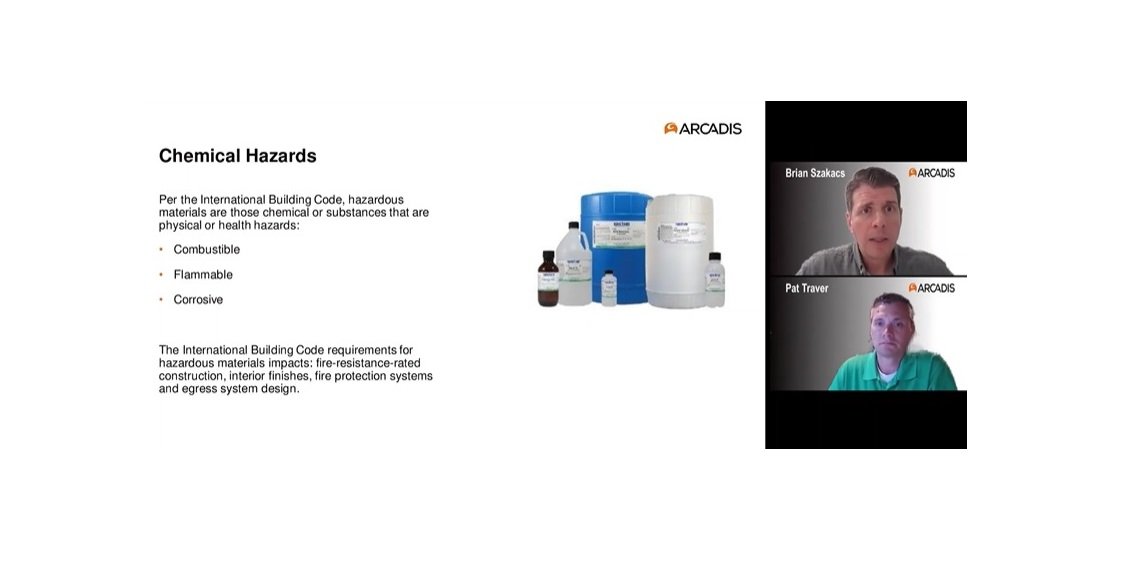
Promoting Safety Culture in Lab Design: Webinar Review
Pat Traver and Brian Szakacs recap their webinar on “Enhancing Lab Safety Through Architectural Design,” which is available for free on demand viewing
Understanding High-Hazard Group Spaces
The construction requirements for maintaining safety in high-hazard spaces are very strict and go beyond those for a typical laboratory, manufacturing, or storage space
